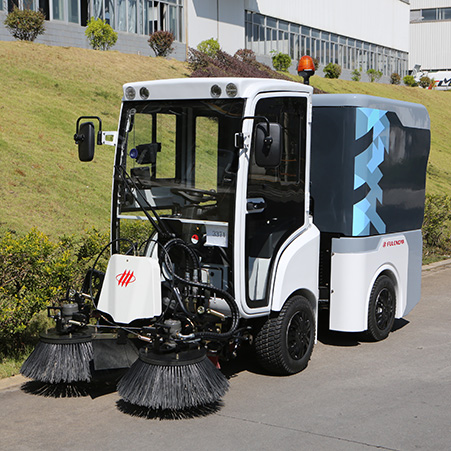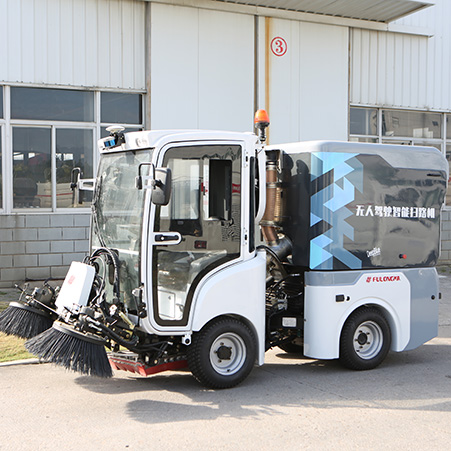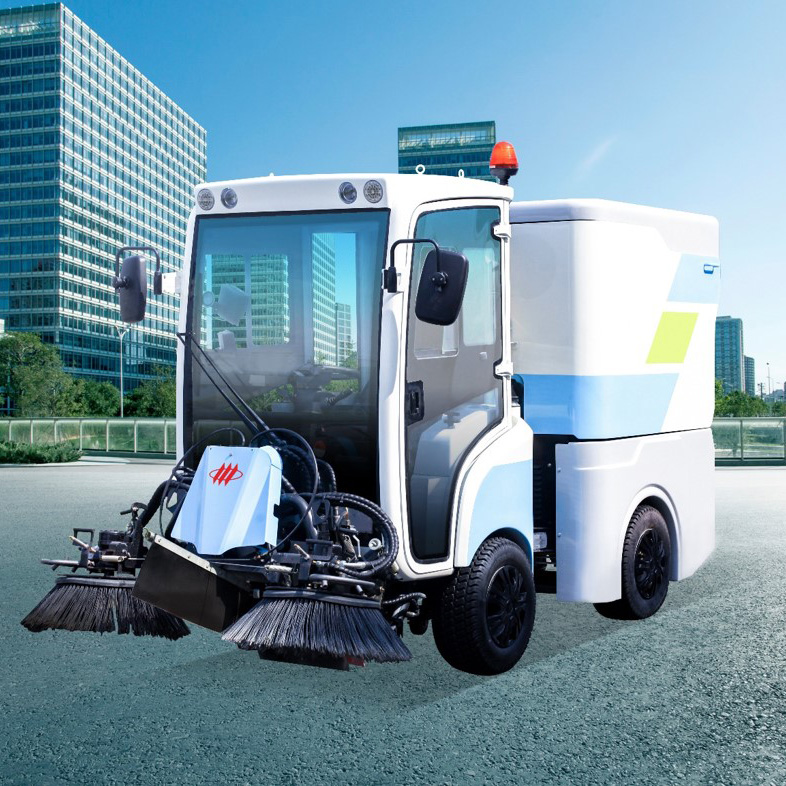1. New Energy Introduction
New energy vehicles usually refer to vehicles that use unconventional fuels as their power source. They integrate advanced technologies in-vehicle power control and driving to form vehicles with advanced technical principles, new technologies, and new structures. New energy vehicles include hybrid vehicles, pure electric vehicles (BEV, including solar vehicles), fuel cell electric vehicles (FCEV), hydrogen-engine vehicles, and other new energy (such as high-efficiency energy storage, dimethyl ether) vehicles and other products in various categories.
The scope of clean energy is more extensive, mainly referring to environmentally friendly vehicles that use clean fuels instead of traditional fuels, which are new energy vehicles in a broad sense. According to the data, in addition to the above-mentioned new energy vehicles, the clean energy that can be used in vehicles at this stage also includes natural gas, methanol, ethanol, solar energy, biogas, and so on.

2. BEV Truck Advantage
Sanitation vehicles are the most suitable models for electrification from the perspectives of application characteristics, purchasing customers, and economy;
Low energy consumption and low pollutant discharge;
Pure electric models work smoothly, low noise, and comfortable ;
Pure electric vehicles use a single electric energy source, and the entire vehicle structure is streamlined, reducing failure rate and maintenance difficulty;
Compared with traditional washing and sweeping vehicles, the difficulty of BEV vehicles is to solve their endurance. The advantages are not only comfortable driving, low noise, and low cost of use, but also easier to achieve intelligent control. The pure electric washing machine is a representative model of pure electric products because of its higher energy consumption, relatively complex structure, and higher requirements for intelligence and lightweight.

Difference
3. BEV sanitation vehicle design concept
The design concept of new energy sanitation vehicles focuses on the concerns and concerns of users’ feedback from market research on new energy vehicles.
How is the battery life?
How long can you run with one charge, how many times a day you need to charge, etc?
Is it economical to use?
Economic performance compared with traditionally powered vehicles throughout the life cycle
Is it convenient to use?
Is it convenient to charge, easy to maintain and intelligent, etc?


4. BEV Truck Simple, efficient and practical
The design of the whole vehicle is simple, the pipeline direction is clear, and the water filter is easy to disassemble and maintain
The high-efficiency pneumatic suction system, high-pressure cleaning system to achieve low-consumption and high-speed cleaning
Zero-emission, low noise, comfortable driving, simple operation, low maintenance.

5. BEV sanitation vehicle technology status-Intelligent application
Smart vehicle control technology: driving safety control technology based on vehicle sensing technology.
Smart and electrification promote each other: New energy vehicles are the best platform for intelligence, and intelligence can effectively overcome the weaknesses of electric vehicles.
Vehicle remote service technology and smart control technology.
 Smart Start/ stop when waiting for traffic lights
Smart Start/ stop when waiting for traffic lights
6. Low Maintenance Cost
The BEV cleaning sweeper truck has no main and auxiliary engines, eliminating the need for engine maintenance such as changing oil, air filter, oil filter, and adding urea liquid. And the unit price of electricity is much lower than that of diesel.





